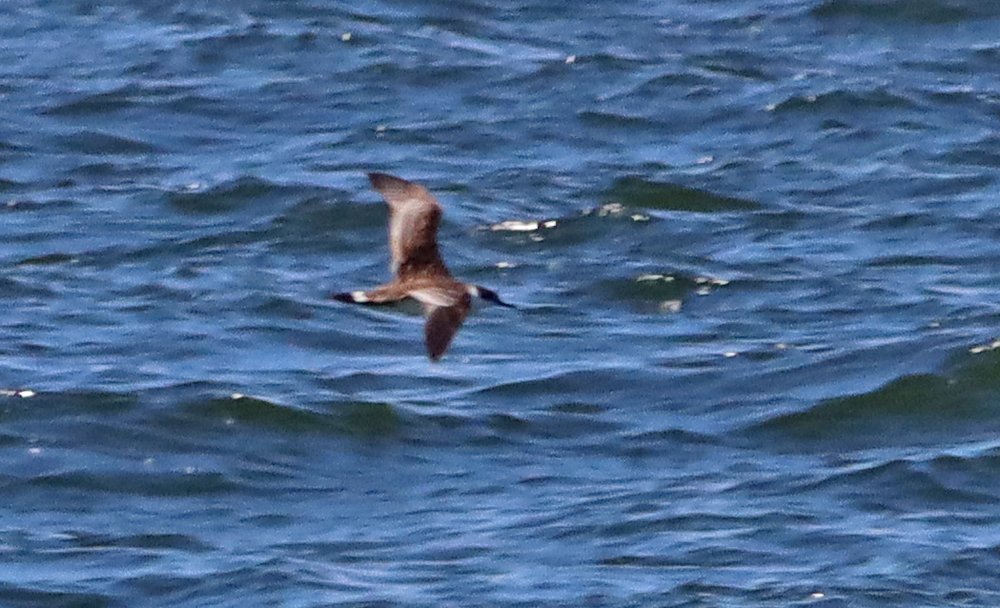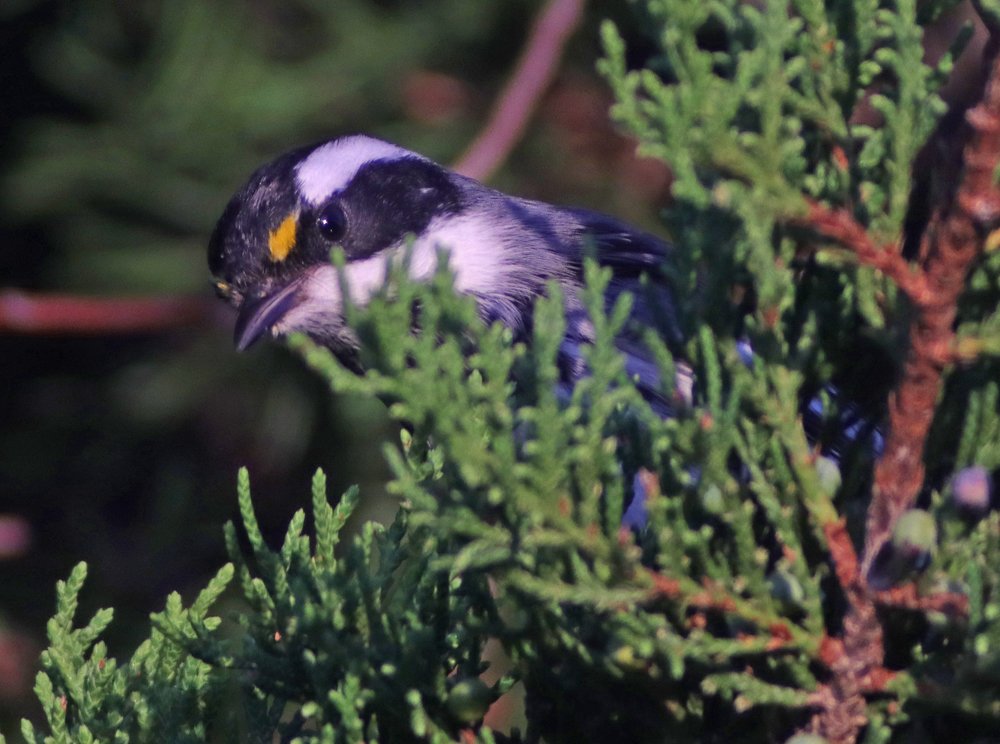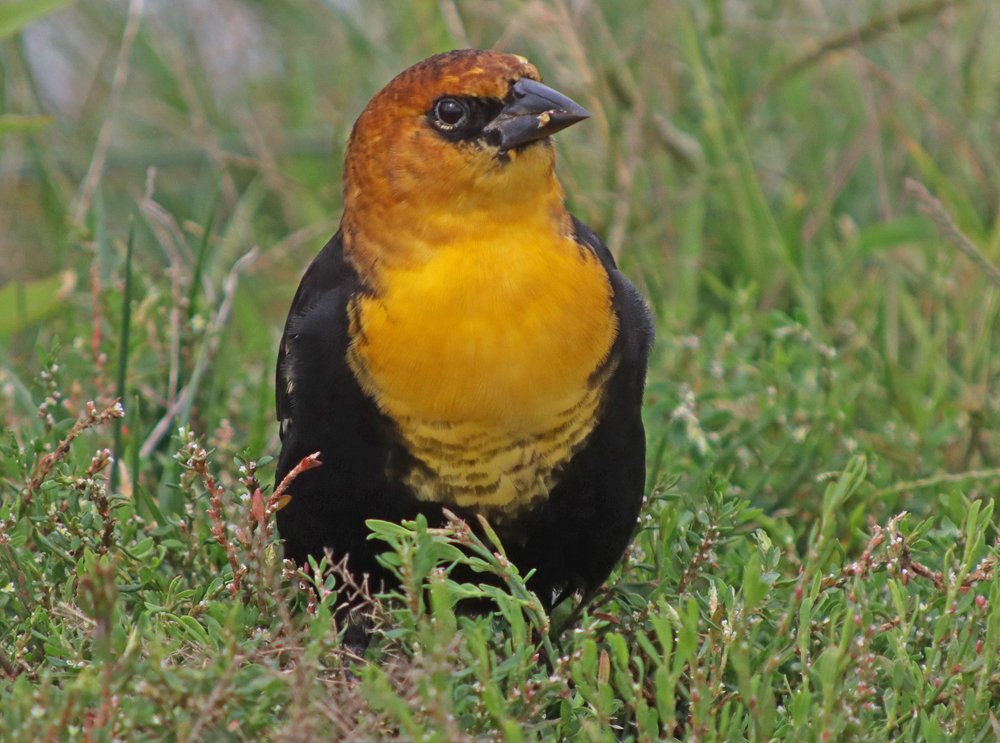
I am shocked to be writing this post already, and doubly shocked that I’ve seen six new species for Queens since I guessed what my next five Queens birds would be just eight months ago, back in March. It’s been a good year for birding in Queens! Considering the ten most recent additions before this March averaged six months apart getting six new species in eight months is mind-blowing.
Way back in March we were in the midst of a global pandemic and Queens was the epicenter of the epicenter that was New York City. I didn’t go far from my house for awhile before I realized that I could get in my car and drive pretty much anywhere in Queens with no traffic and bird pretty much anywhere without seeing anyone. That period lasted for a little over a month before everyone else realized the same thing and traffic picked up and the virus subsided to manageable levels here. Of course, as I write this, cases are increasing in New York City once again and it’s looking more and more like we’re going to have a very difficult winter to get through. Fortunately, there are birds to help. So which of my five predictions came true?
Here’s what I predicted back in March:
Actual, Real-Deal, Official List
- Eastern Whip-Poor-Will: It’s kind of amazing how rarely this species is reported in Queens. They must come through as they nest out on Long Island and at many points north. But eBird only has two records of the species in Queens. I’ll make it three!
- Arctic Tern: There were multiple records of this species in June of 2018 out at Breezy Point and they just weren’t around when I was out there. They are probably overlooked relatively frequently but when I finally get one in my scope I’ll identify it for sure.
- Great Shearwater: As I said in my last set of predictions, seabirds are my big weakness on my Queens list. I have Sooty, I have Cory’s, and I should be able to get a Great.
- Swainson’s Warbler: The last few years have seen this species in Brooklyn and Manhattan and there is a record of one from 2005 in Forest Park. It’s just a matter of time before it happens again and I will be there to find it!
- Swallow-tailed Kite: I had a hard time deciding between this species and Mississippi Kite. The latter shows up in New York more frequently but the former is much more likely to be identified, regardless of how bad a look you get. So, why not go for the gusto and choose Swallow-tailed?
Alternate, Not-Official, List (That Exists So I Can Second-Guess Myself)
- Sedge Wren: I’ve predicted this for awhile, underestimating both the rarity and difficulty of detection. But if I can get a Henslow’s Sparrow in Queens why not a Sedge Wren?
- White Ibis: It will be hard to miss this species if it shows up. Even juveniles are distinctive. And it would be so nice to close out the at-all-likely ibises, especially as I have been expecting one for years!
- Sandhill Crane: The way their population in the east has been booming I figure it is just a matter of time before I see one flying past in the fall on migration. I hope. I really, really hope. Because a crane in Queens would be amazing.
- Sandwich Tern: Why not? There was one at Breezy Point in the summer of 2018 and another one showed up at Jamaica Bay last summer. I just have to be at the right place at the right time.
- Scissor-tailed Flycatcher: It’s about time one showed up in Queens. I’d like to be the one to find it.
So, I cheated and predicted ten species in a roundabout way. And then I went and saw six new species so I should have managed to predict at least half of them, right? Let’s see…
The first new bird for Queens that I saw was a Common Waxbill clinging to the apartment building across the street from my balcony in April. It was obviously an escape so I don’t count it, though I did eBird it. It’s the seventh non-countable species I’ve seen in Queens. (If you want to see the rest just click through to my Queens list and scroll down the bottom.)
The real first bird for Queens for me since March was a one-day-wonder Sedge Wren at Kissena Park in Queens on 11 May, found by the always able Eric Miller. By the time I could get myself there it was afternoon and a thunderstorm was coming towards us fast. Several birders were looking for the bird and had no luck: the bird hadn’t been seen for at least half-an-hour. After about forty-five minutes, with no sightings, the storm getting closer, and my ten-year-old son bored out of his mind I was about to give up. For some reason I stepped off the path to try to look through a patch of reeds and the bird flushed from beneath my feet and perched within grabbing distance for all of about two seconds. It was one of the most marvelous and frustrating sightings I’ve ever had. The worst part it that it flushed into the reeds and though I managed to track its movements for a bit the other birders who hastened to see the bird could not get on it. Desi and I hightailed it out of there shortly thereafter, just ahead of the storm, and heard later that a few birders got the wren after the storm had passed. More important than this long-winded story is that I predicted Sedge Wren in my second-guess list! I’m one-for-one!
In July Tropical Storm Fay brought a host of storm-blown birds to the shores of Queens and a bunch of birders got some really good species including Brown Booby, Great Shearwaters, and Parasitic Jaegers, on the evening of 10 July. I could not get out to the beach that day but did get out on 11 July and did not see a Great Shearwater, which was the only of the three that I needed. (I also didn’t see any boobies or jaegers.) I took a gamble and got the family out on a (socially-distanced) whale-watching boat on the 12th and was rewarded, finally, with my Queens Great Shearwater! And I predicted this one too! Two-for-two! A veritable Nostradamus I am!

It’s a bad picture but a good bird! Great Shearwater!
On 4 August I was out at the coast for the next Tropical Storm to hit New York City, Tropical Storm Isais, at Jacob Riis Park. My birding buddy Shane Blodgett was out there as well, braving the horrible conditions. We hadn’t seen any exciting birds at all and the wind and rain was getting worse and worse and then Shane yelled “Look at those terns!” and there were three terns flying directly at us at very high speed and holy moly those are good birds- dark, white forehead – and they’re gone. We knew they were Sooty Terns or Bridled Terns but we couldn’t be sure of which. So I added Sooty/Bridled Tern to my list because either would be new. Someday I’ll get one or the other and they won’t be a new number for the list but they will take the place of the “slash bird.” And, no, I didn’t predict either of those species so my Nostradamus-like tendencies might have been exaggerated as I’m now two-for-three.

A new warbler for Queens? Yes, oh yes.
At the end of summer we took a family trip to Cape Cod and on the way home a Black-throated Gray Warbler was reported at Jamaica Bay on 4 September. I’ve already told the story so I’ll let you click through if you’re interested. And, no, I didn’t predict that either. Two-for-four.
Less than two weeks later a Yellow-headed Blackbird was found at Flushing Meadows-Corona Park and the first day’s attempts at refinding it mostly failed and I didn’t see it. It was found again the next day and this time I got it. I’ve long wanted to see a Yellow-headed Blackbird in Queens but this one has some odd issues with both its wings and tail and there are questions about its provenance. For the moment I’m keeping it on my Queens list, mostly because I can’t believe someone would want to keep a bird that makes sounds like this in a cage, but it might eventually be stricken from the list. And, no, not predicted: two-for-five.

Yellow-headed Blackbird is a gorgeous bird with a horrible voice.
Finally, on Halloween this year Michael Gottleib found an odd Empidonax flycatcher at Kissena Park. He was not sure of what it was and the following evening posted a photo on the Facebook group “What’s This Bird?” Am I ever glad he did because it was clearly a “Western” Flycatcher, that is, either a Pacific-slope Flycatcher or a Cordilleran Flycatcher. The next day, two days after his original sighting, it was refound and I even collected poop so we could hopefully do a DNA analysis. Poop that is now unnecessary because eventually Brendan Fogarty managed to get a recording of the bird making sounds that only Pacific-slope Flycatchers make. Not surprisingly, I didn’t predict this bird, so I am two-for-six on this round, one of my worst showings yet!
After such a poor record of predictions I’m hesitant to try again. Especially being down to the ridiculous level of county-listing, where any new bird found has to be something unexpected because if it was expected I’d have seen it. That said, there are still several species that are found at least every few years in Queens that I should be able to track down. What will they be? (I will predict ten but do my next post after I’ve found five.)
- Manx Shearwater: I’ve steadily been picking off the likeliest shearwaters in Queens and Manx is the most likely remaining and pretty much the only one that is very likely at all.
- Eastern Whip-poor-will: There was a sighting of a whip-poor-will this spring at Forest Park but it flushed and was never refound. This bird has to come through Queens every spring and fall and yet somehow it keeps dodging me. I will not let it dodge me again!
- Arctic Tern: I will keep going to Breezy Point and trying for this species in May and I will find it eventually. I must!
- Sandwich Tern: Ditto!
- Swainson’s Warbler: Is it too much to ask for a nice spring overshoot?
- Thick-billed Murre: It’s time I got another alcid in Queens besides Razorbill.
- White Ibis: I keep predicting it and it keeps not showing up. I never learn.
- Purple Gallinule: Queens is due for one. There hasn’t been one since 1997!
- Yellow Rail: Go big or go home! Let’s do it!
- Red Phalarope: Why not close out the phalaropes for Queens?
How will I do? Only time will tell. Let’s hope I’m doing this again in eight months!













Yeah, I’m all for the terns. But, I think they’ll show up in the Rockaways, in the fenced off area. Because, this should not be easy.